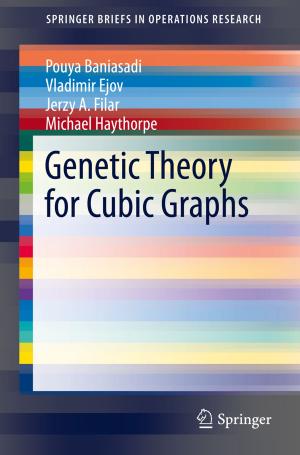The Interstellar Medium, Expanding Nebulae and Triggered Star Formation
Theory and Simulations
Nonfiction, Science & Nature, Science, Physics, Mathematical Physics, Astrophysics & Space Science| Author: | Thomas G. Bisbas | ISBN: | 9783319261423 |
| Publisher: | Springer International Publishing | Publication: | November 24, 2015 |
| Imprint: | Springer | Language: | English |
| Author: | Thomas G. Bisbas |
| ISBN: | 9783319261423 |
| Publisher: | Springer International Publishing |
| Publication: | November 24, 2015 |
| Imprint: | Springer |
| Language: | English |
This brief brings together the theoretical aspects of star formation and ionized regions with the most up-to-date simulations and observations. Beginning with the basic theory of star formation, the physics of expanding HII regions is reviewed in detail and a discussion on how a massive star can give birth to tens or hundreds of other stars follows. The theoretical description of star formation is shown in simplified and state-of-the-art numerical simulations, describing in a more clear way how feedback from massive stars can trigger star and planet formation. This is also combined with spectacular images of nebulae taken by talented amateur astronomers. The latter is very likely to stimulate the reader to observe the structure of nebulae from a different point of view, and better understand the associated star formation therein.
This brief brings together the theoretical aspects of star formation and ionized regions with the most up-to-date simulations and observations. Beginning with the basic theory of star formation, the physics of expanding HII regions is reviewed in detail and a discussion on how a massive star can give birth to tens or hundreds of other stars follows. The theoretical description of star formation is shown in simplified and state-of-the-art numerical simulations, describing in a more clear way how feedback from massive stars can trigger star and planet formation. This is also combined with spectacular images of nebulae taken by talented amateur astronomers. The latter is very likely to stimulate the reader to observe the structure of nebulae from a different point of view, and better understand the associated star formation therein.















